Brace Yourself and Learn More About Orthodontics 101

What is orthodontic treatment?
Orthodontic treatment focuses on diagnosing, preventing, and correcting the misalignment of jaws and teeth. It also involves growth modification in younger patients to help them achieve better jaw harmony and balance.
Orthodontic treatment is commonly carried out by an orthodontist who is a dental specialist.
What are the types of orthodontic treatments?
Most people commonly associate orthodontics with metal braces to straighten the teeth. Apart from straightening teeth, orthodontic treatment also includes growth modification and orthognathic surgery.
While there are several treatments that fall under the specialty of orthodontics, some of the most common ones include:
Braces
Fixed dental braces use the pressure of an adjustable wire, which runs through brackets and bands attached to your teeth to align your teeth and jaws. Elastic ties will then fix the wires to the brackets. Braces can come in the form of metal braces or ceramic braces (which are transparent).
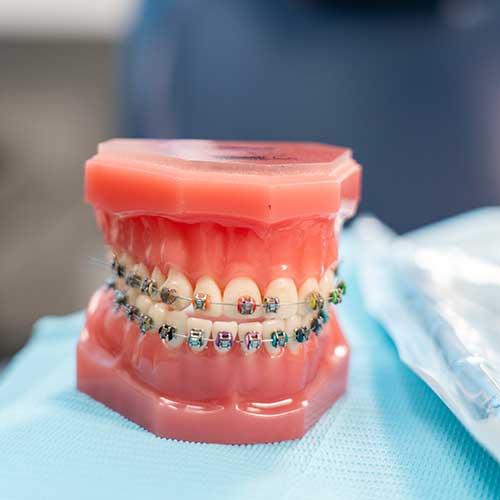
Clear aligners
There has been a growth in popularity in clear aligners as an option for straightening or realigning teeth. These clear aligners fit tightly over your teeth, and are much less noticeable than the traditional braces.

Retainers
Retainers are required after your orthodontic treatment ends. It helps to hold your teeth in place, refraining it from drifting out of the proper position post-treatment.
Retainers are a custom oral tool moulded after your teeth’s final position.
What are the conditions requiring orthodontic treatment?
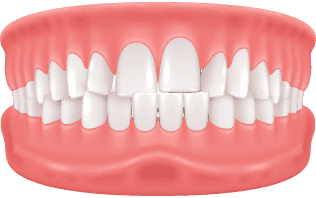
Crooked teeth
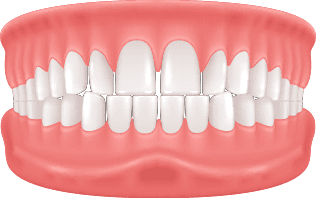
Spacing between teeth
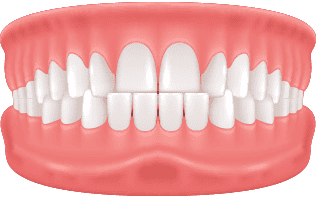
Any jaw size issues
(e.g. underbite or any jaw asymmetries)
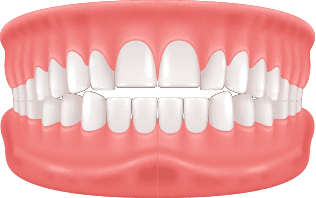
Any form of bite issues
(e.g. front teeth or back teeth not touching)
Who is suitable for orthodontic treatment?
People of all ages can consider orthodontic treatment. Our teeth can still move regardless of how old we are. There is an increasing number of adult patients seeking orthodontic treatment. It is not unusual to have patients in their 60s and 70s commencing orthodontic treatment these days.
For young growing patients, the American Association of Orthodontists recommends for all patients above the ages of seven years to be screened by an orthodontist. While some problems are obvious, many are undetectable by untrained eyes. Early detection of orthodontic problems allows for more options of growth modification treatments in younger patients, and it is ideal not to ‘miss the boat’ for these cases.



